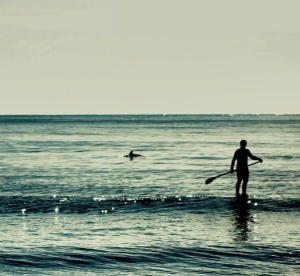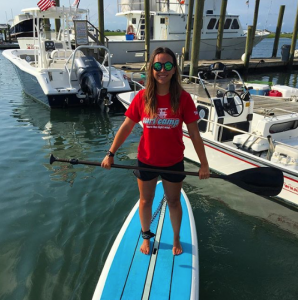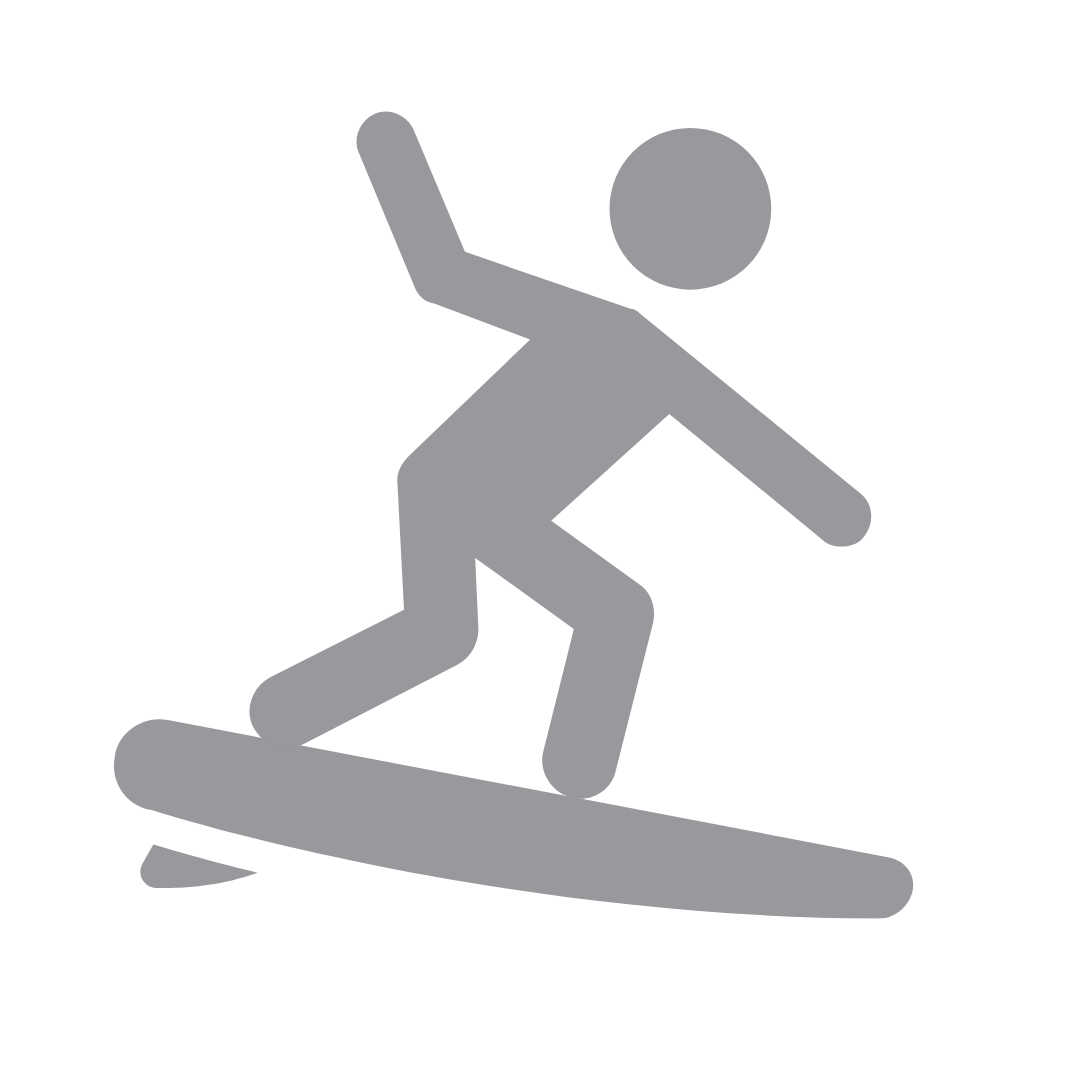Posted by Rick Civelli | 10.04.2017 | Fitness, WB Surf Camp News
Which SUP Fits Your Style?
Stand Up Paddleboarding (SUP) gained popularity in recent years, giving people a chance to hit the water regardless of location. Glassy lakes, estuaries, rushing rivers, and open oceans = the perfect places to explore via paddleboards! Each style provides a different intensity level for the paddler. Whether it’s placid flat water paddling, or raging whitewater rapids, there is a style of SUP for everyone. As the sport continues to flourish, innovative methods of paddling and cross training are being used all around the world. Below is a look at the five main styles of Stand Up Paddleboarding.

1) Recreation:
Just as with canoeing and kayaking, Stand Up Paddleboarding can be found on almost any body of water. One of the perks compared to kayaking is the higher vantage point for the paddler. This allows for a clear view of the surrounding water, bottom contours, and any marine life that may be present. From sunset paddles, to salt marsh eco tours, droves of people are getting into SUP for the sole purpose of paddling around. Recreation boards generally range from 11-12’ in length.
2) Racing:
People adopt Stand Up Paddleboarding as a competition as well, attracting athletes of all kinds. As the sport grows rapidly, many exciting and unique Stand Up Paddle races pop up all over the globe. SUP race boards typically range from 12’ 6” to 14’, with a design shaped for tracking and speed. Depending on location, races can be held on flat water or the open ocean, with varying course distances. From downwind races, to flat water paddle battles, the competitive arena of SUP racing continues to grow as new races emerge each year.
3) Surfing:
Stand Up Paddleboard surfing is a natural crossover sport for surfers as it involves using similar maneuvers and wave reading skills. You want speed and stability for paddling-out and catching waves, which favors bigger boards. Once you are riding a wave you want maneuverability and performance, which favors smaller boards. Depending on performance level, surf SUP boards are generally 10’ or smaller.

4) Whitewater:
Whitewater SUP boards often come in inflatable boards made out of the same material as whitewater rafts. Kayak and Canoe advocates take on the challenge of whitewater SUP on rivers all over the world. If you think navigating a class III-V river in a kayak is tough, wait until you try it standing up. Make sure you use a helmet, the right type of board, and before you hop on the river, rocks aren’t the most forgiving.
5) Yoga and Fitness:
Many people around the world enjoy the sport of paddleboarding strictly for the physical benefits. It offers a great core workout, employing stabilizer muscles throughout the entire body. Another great aspect is the low impact it has on your joints as opposed to running. SUP is being incorporated into fitness regimes as an invaluable cross-trainer, rehabilitation tool, and chance to get in shape without setting foot in the gym. Yoga fanatics are substituting SUP boards for their yoga mats, finding that this form of yoga provides a new element of challenge while immersing them in nature.
Interested in Stand Up Paddleboarding lessons? Browse your options here: www.wbsurfcamp.com/sup-2/







 RENTALS
RENTALS LESSON
LESSON CAMPS
CAMPS ABOUT
ABOUT SHOP
SHOP